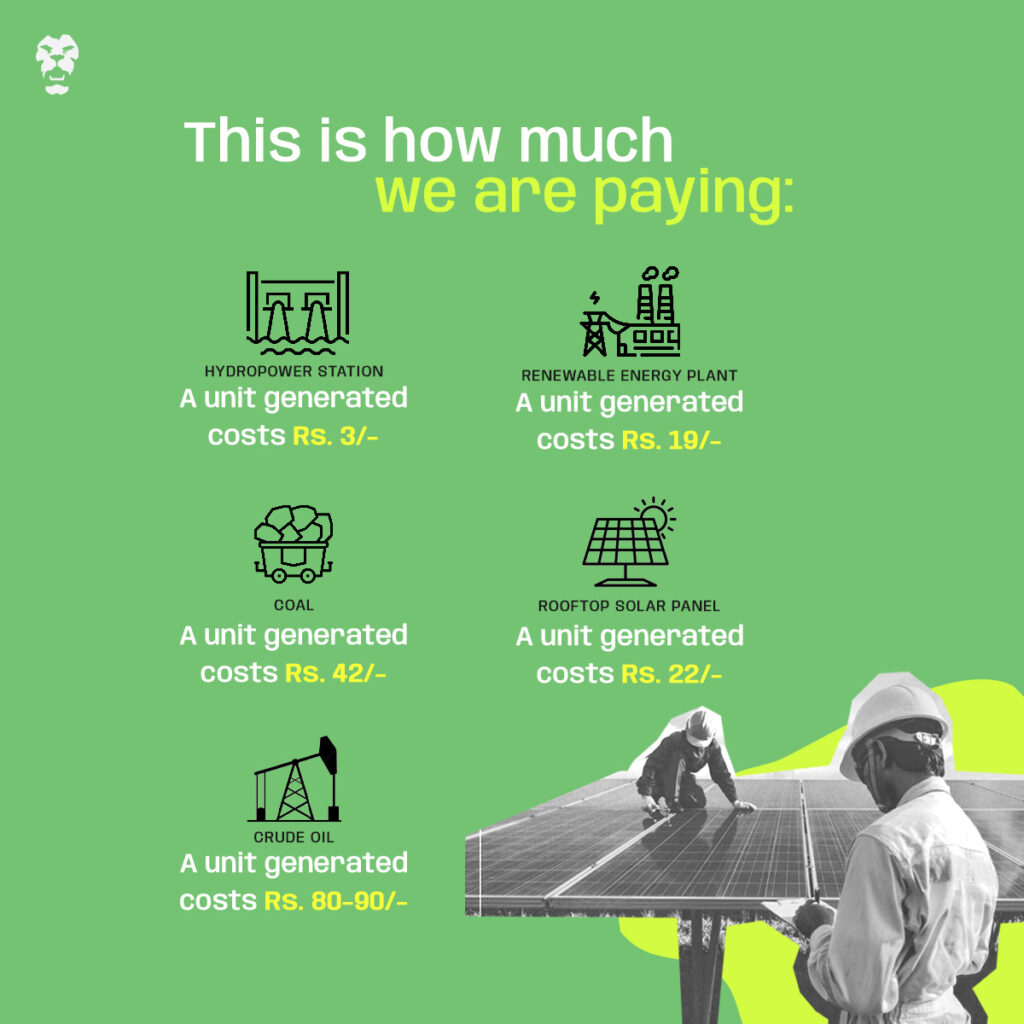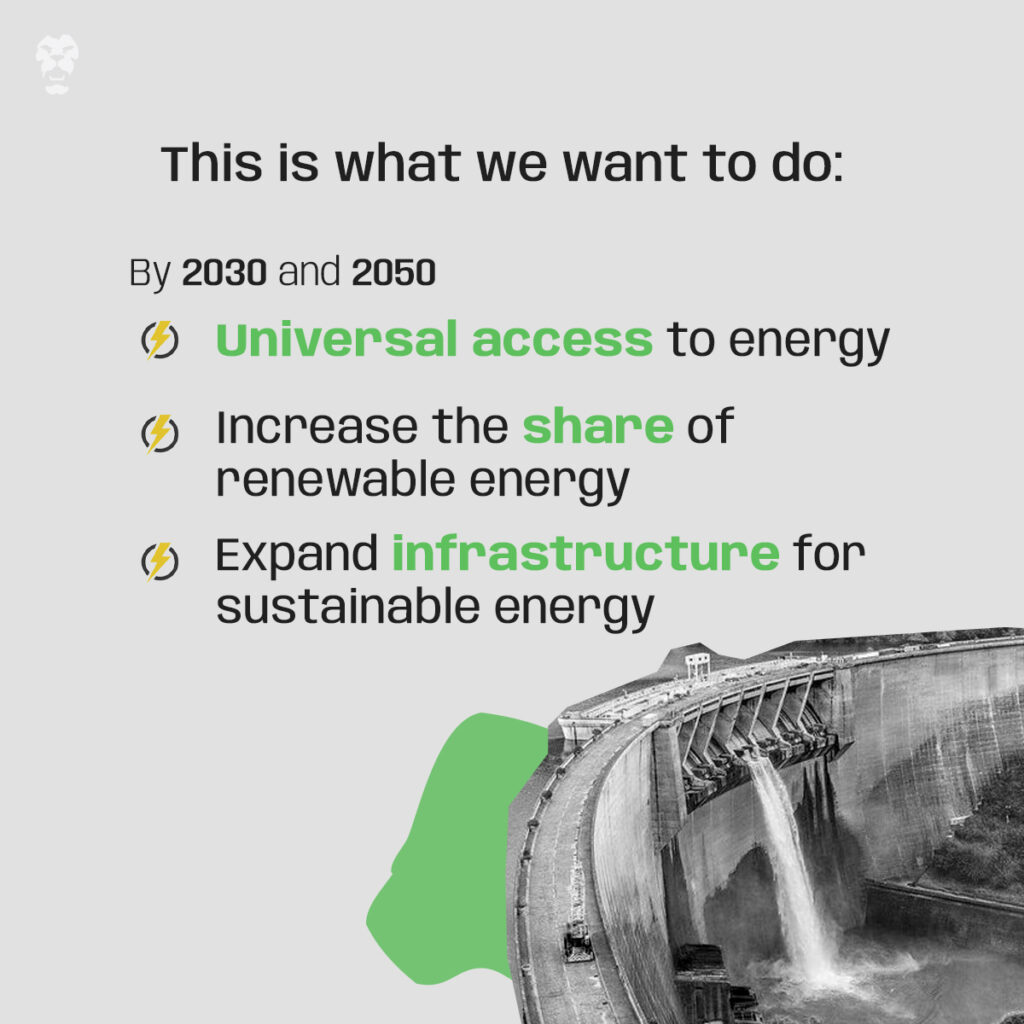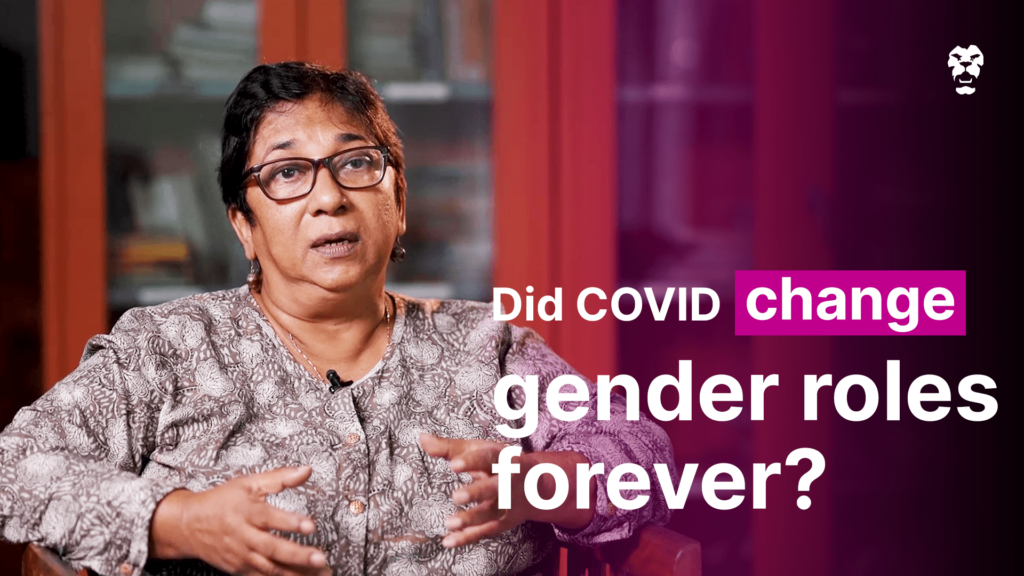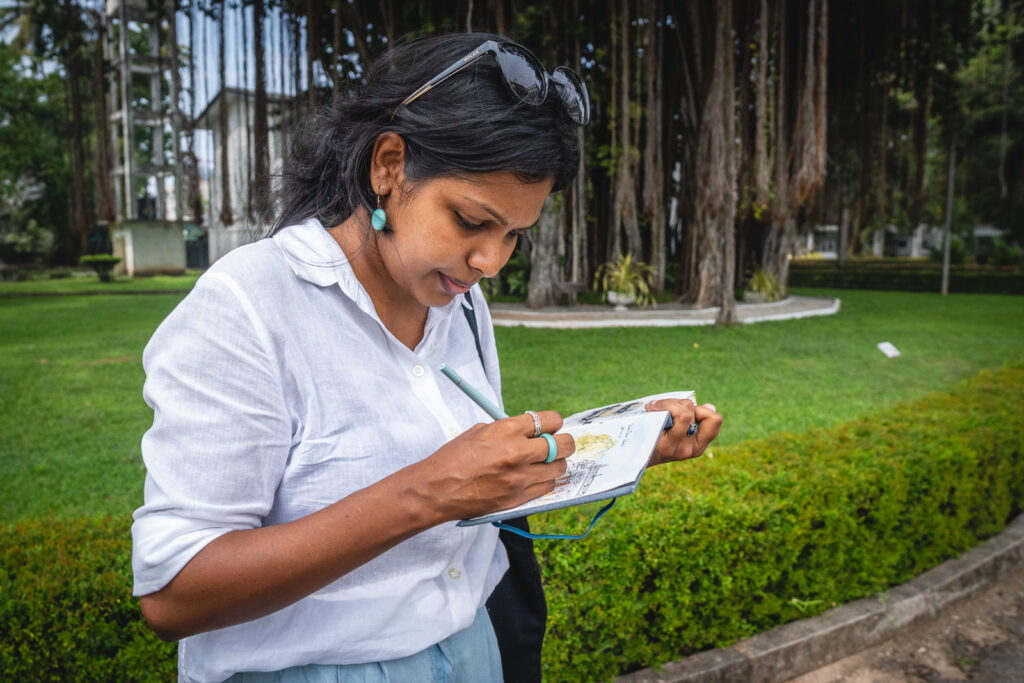
Home to abundant natural resources, Sri Lanka has immense potential for sustainable or renewable energy, including clean, green and cost-efficient electricity.
There are four main renewable energy technologies which are commercially deployed in Sri Lanka at the moment: hydropower, solar power, wind power and biomass. Despite the availability of resources, other technologies such as wave energy and tidal energy are still in the experimental stage.
According to the Sri Lanka Sustainable Energy Authority (SLSEA), the renewable energy industry is expected to grow rapidly in the next few years, and provide electricity for many households and industrial and commercial establishments. Given the numerous issues with the energy sector — increased electricity tariffs and unending power cuts — is this really possible?
Here’s Where We Stand
Through the National Energy Policy and Strategies that were developed in 2019, Sri Lanka aspires to be carbon neutral by 2050, by developing cleaner energy resources. The National Energy Policy was founded on ten pillars that prioritised energy security, availability and sustainability. The pillars take into consideration the broad areas impacting society, the economy and the environment.

In 2020, then-President Gotabaya Rajapaksa’s office released a statement emphasising that 70% of Sri Lanka’s electricity demand will be generated using renewable energy by 2030.
The former President stated that “institutes with the authority to approve development projects should have feasibility reports (on) stand by and the approval process should be expedited.” He added that “if approval is sought for a certain project, approval should be granted within 14 days and if it exceeds 14 days it could be considered as a sign of approval.” The former President’s office also emphasised that “the promotion of renewable energy” would be a top priority.
Renewable energy, along with green hydrogen, also became one of the key focuses of President Ranil Wickremesinghe’s government in 2022, in a bid to build a more environmentally conscious and sustainable economy. At the 27th Conference of Parties (COP 27) held in November last year, Wickremesinghe revealed that Sri Lanka’s renewable energy plan and target for 2030, “provides a pathway for Sri Lanka to become a carbon-negative economy before mid-century.”
Moreover, Sri Lanka hopes to achieve 100% renewables by 2050. According to a joint report released by the UN Development Programme (UNDP) and the Asian Development Bank (ADB) “Sri Lanka’s installed electricity generation capacity needs will increase from 3,700MW to 34,000MW by 2050.”
According to the UNDP and the ADB, this means that most of the country’s electricity generation capacity should be wind and solar energy — with 15,000 MW of wind and 16,000 MW of solar capacity — and the rest from hydropower and biomass energy.

Why Are We So Far Behind?
According to Energy Analyst Vidhura Ralapanawe, the biggest challenge for Sri Lanka’s renewable energy sector has historically, and even currently, been the resistance towards renewable energy from the CEB.
For example, many mini hydropower projects and most wind energy plants, ground-mounted solar panels and biomass plants were built through the NCRE tariff scheme, which gives a feed-in tariff (FIT) for renewable energy.
“This programme was blocked by the CEB from 2016 until the government changed the Electricity Act to remove the obstacles placed by CEB. If that programme continued we would not be speaking about an electricity tariff hike. We would be using electricity produced through renewable sources at a much cheaper rate,” Ralapanawe said.
“There is a big pricing difference. If we had more renewable energy, for example around 1000 GW hours of renewable energy on the national grid annually, the CEB could have saved around Rs. 70 billion annually. This could have decreased the electricity tariff by around Rs. 5 on average per consumer,” Ralapanawe added.
“I think there are a few root causes behind why the CEB has been blocking these projects. First of all, those who work for the CEB do not understand how renewable energy works, as they have little awareness of the topic. The second problem is that until very recently many people believe that renewable energy is more expensive than energy generated from fossil fuels. This is not true. The third problem is that many at the CEB are ideologically opposed to renewable energy,” he said.

Buyer Beware… When Buying Electricity
When asked about the challenges faced by consumers in switching to renewable energy Ralapanawe had this to say: “The CEB has been quite reluctant in giving grid connections for consumers to use renewable energy. Pricing has also been another issue. Unfortunately, the CEB is reluctant to provide commercially viable tariffs for net plus and net accounting.
Ralapanawe also revealed that a tariff committee was appointed by the Ministry of Power and Energy sometime ago. “But instead of using a formula to come up with a suitable tariff, they tweaked the assumptions to create a non-viable tariff,” he said.
He added that many countries in the world have multiple mechanisms to promote rooftop solar energy generation. Consumers in India, Australia, the UK and the US enjoy direct subsidies or tax repayments.
“Sri Lanka decided not to give direct subsidies but to provide consumers with a good export tariff. But this is calculated through a non-viable mechanism. For example, in Australia, the investments consumers make in rooftop solar energy installations, as well as the battery backup generators, would be recovered by them in a maximum period of three years, at least. In Sri Lanka, because of the way the CEB has set up tariffs, some consumers are not recovering their investments for seven or eight years,” Ralapanawe said, adding that this was one reason why large-scale adoption had not taken place in Sri Lanka.
“If a more conducive environment had been created, we would have seen the solar power industry booming here,” he said.
What More Can We Do?
Ralapanawe suggests that as a short-term plan, the CEB can revise the FIT and the rooftop solar panel tariff to make them more commercially viable for consumers. In the long term, he suggests that the CEB can — and should — tender large-scale renewable projects, and cut short the time taken for procurement
“In terms of hydropower Sri Lanka has leveraged most of its hydropower potential through large hydropower stations and mini hydropower projects throughout the country. But we have not even scratched the surface of wind power and solar power potential. We have a small number of wind power plants, mostly located on the North Eastern and North Western coasts of the country, as well as some in the Southern and North Central provinces. These are the areas which are ideal for wind power generation,” he revealed.
He believes that there is around 35GW of potential offshore wind energy available for Sri Lanka.
“There are two types of wind energy turbines; anchored wind turbines and floating wind turbines. The ones anchored to the seabed are much cheaper to implement, and the seas from Mannar to Jaffna can hold a lot of them,” Mr Ralapanawe said.
While some households in Sri Lanka have fairly large solar installations, there is potential to go further, says Ralapanawe. In countries such as Australia, one out of four houses has rooftop solar panels. While limited land availability for ground-mounted solar panels may be a challenge, Sri Lanka’s abundance of large water bodies such as large lagoons and reservoirs can be made use of for floating solar panels, with a potential of around 35GW of electricity, the says.
Moreover, due to the global trend in shifting away from fossil fuels, Ralapanawe revealed that one-way energy forecasters imagined how we could decarbonise the world by using green hydrogen.
“Green hydrogen is created by breaking water molecules into hydrogen and oxygen atoms using renewable electricity. Countries such as Australia, India and many Middle Eastern countries are heavily investing in green hydrogen. Sri Lanka has the potential to develop green hydrogen technology because we have a huge potential for renewable energy and electricity,” he said.
“In terms of shifting towards renewable energy, the world is moving on the correct trajectory, but Sri Lanka has paid a huge penalty due to obstructions by the CEB. If we had additional renewable energy we would not have power cuts right now, and we would not be talking about huge cost increases in electricity,” Ralapanawe said in conclusion.





.jpg?w=600)


